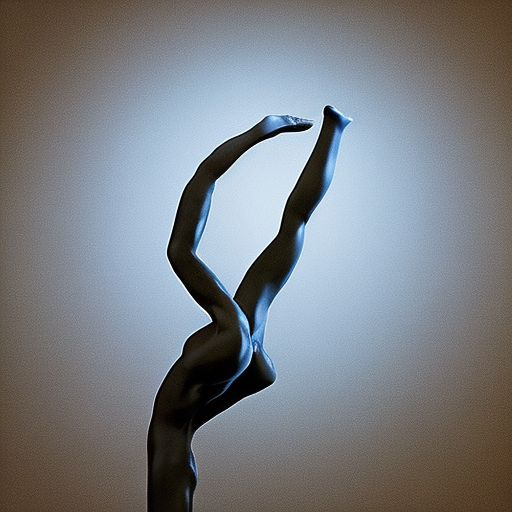Sculpture: A Comprehensive Overview
Sculpture is a three-dimensional art form that involves the creation of physical objects by shaping and manipulating materials such as stone, wood, metal, clay, or even ice. It is one of the oldest and most enduring forms of artistic expression, with a rich history that spans across cultures and time periods.
History of Sculpture
Sculpture has been practiced since prehistoric times, with early examples found in ancient civilizations such as Egypt, Mesopotamia, and Greece. In these early cultures, sculptures were often created for religious or commemorative purposes, depicting gods, rulers, or important events. The Greeks, in particular, developed a highly refined tradition of sculpture, characterized by naturalistic forms and idealized beauty.
During the Renaissance, sculpture experienced a resurgence in Europe, with artists such as Michelangelo and Donatello pushing the boundaries of the medium. The Baroque period saw a shift towards more dynamic and dramatic sculptures, while the 19th century witnessed the rise of modern sculpture, with artists like Auguste Rodin and Constantin Brancusi challenging traditional notions of form and representation.
Types of Sculpture
Sculpture can take many forms and be created using a variety of techniques. Some of the most common types of sculpture include:
- Relief Sculpture: This type of sculpture is partially attached to a background surface, with the main elements raised or carved out. It can be found on architectural structures, such as friezes or tombstones.
- Free-Standing Sculpture: Also known as sculpture in the round, this type of sculpture is fully three-dimensional and can be viewed from all angles. It is often placed on pedestals or displayed in outdoor settings.
- Installation Art: This form of sculpture involves creating an entire environment or immersive experience for the viewer. It can incorporate various materials and elements, such as sound, light, and found objects.
- Kinetic Sculpture: Kinetic sculptures are designed to move or have elements that move, often powered by wind, water, or mechanical mechanisms. These sculptures create a sense of motion and change over time.
Materials and Techniques
Sculptors work with a wide range of materials, each with its own unique properties and challenges. Some common materials used in sculpture include:
- Stone: Marble, granite, and limestone are popular choices for stone sculpture due to their durability and ability to hold intricate details.
- Wood: Sculptors often use various types of wood, such as oak, walnut, or cedar, to create their works. Wood offers a warm and organic quality to sculptures.
- Metal: Bronze, steel, and aluminum are commonly used metals in sculpture. Metal sculptures can range from delicate and intricate to large-scale and monumental.
- Clay: Clay is a versatile material that can be molded and shaped easily. It can be fired in a kiln to create permanent ceramic sculptures or used for temporary installations.
Sculptors employ a variety of techniques to bring their creations to life. These techniques include carving, modeling, casting, assemblage, and welding. Carving involves removing material to create a form, while modeling involves adding material to build up a form. Casting allows for the creation of multiple copies of a sculpture using molds, while assemblage involves combining different found objects or materials. Welding is commonly used in metal sculpture to join and shape various metal components.
Contemporary Trends
In contemporary sculpture, artists continue to push the boundaries of the medium, exploring new materials, techniques, and concepts. Many contemporary sculptors blur the lines between sculpture and other art forms, incorporating elements of performance, video, and digital technologies into their work.
Environmental and site-specific sculptures have also gained prominence, with artists creating works that respond to and interact with their surroundings. Sculpture has become more inclusive and diverse, with artists from different backgrounds and cultures contributing to the field.
In conclusion, sculpture is a dynamic and diverse art form that has evolved throughout history. From ancient civilizations to contemporary artists, sculptors have used their creativity and skill to shape and transform materials into captivating and thought-provoking works of art. Whether it is a monumental bronze sculpture or an ephemeral installation, sculpture continues to captivate and inspire audiences around the world.












